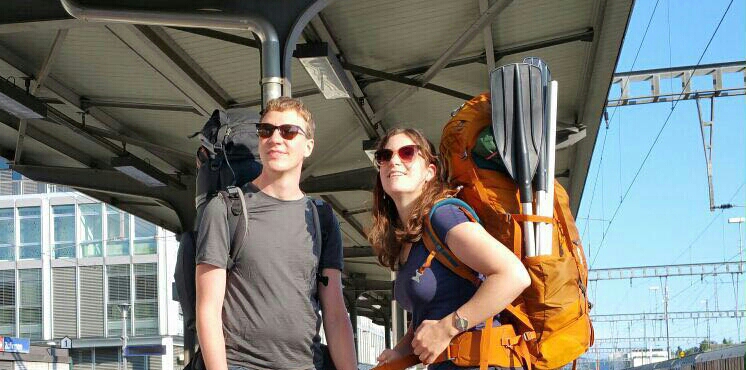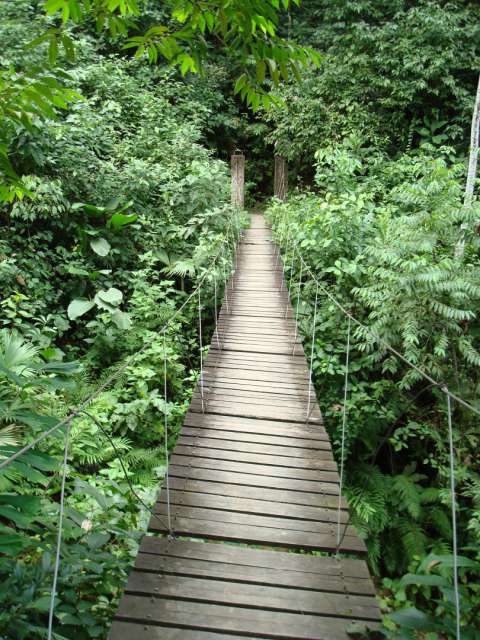Бутан - В страната на гръмотевичните дракони
Публикувано: 03.03.2017
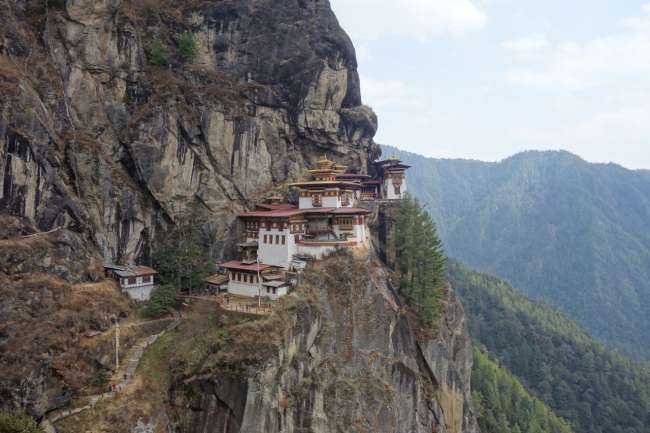
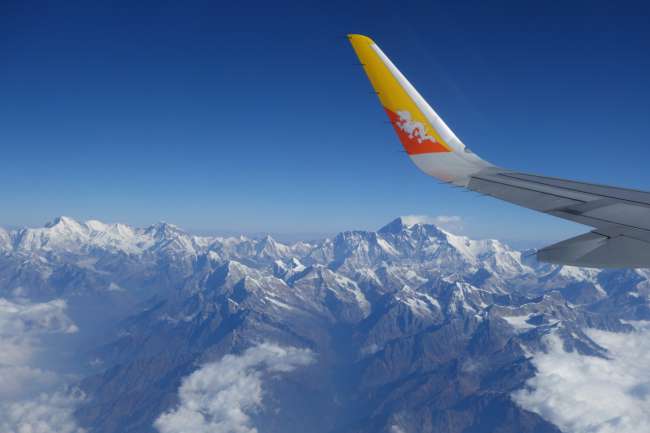
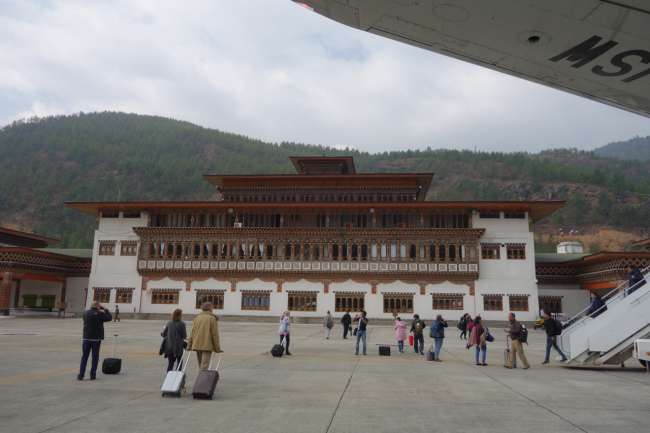
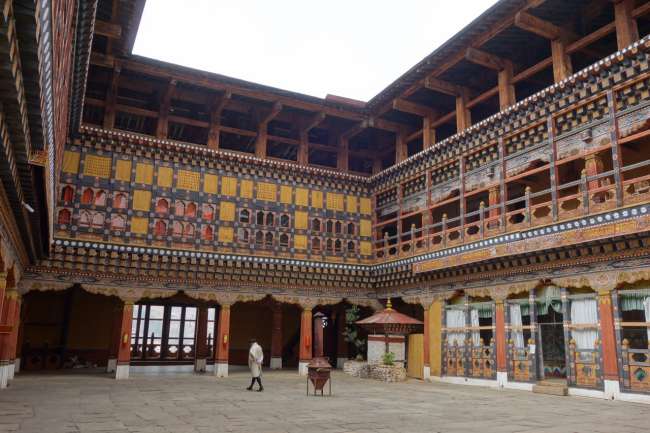
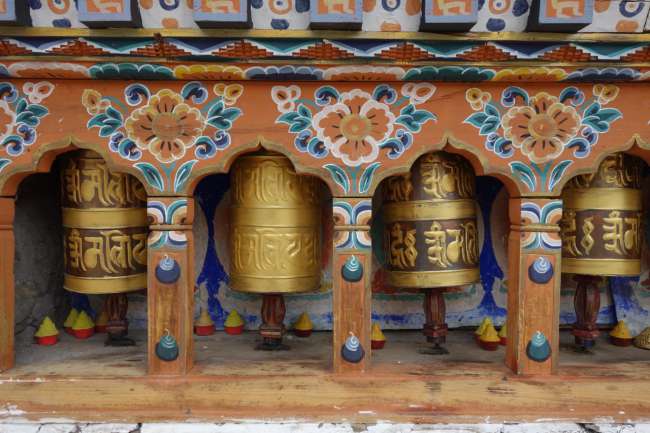
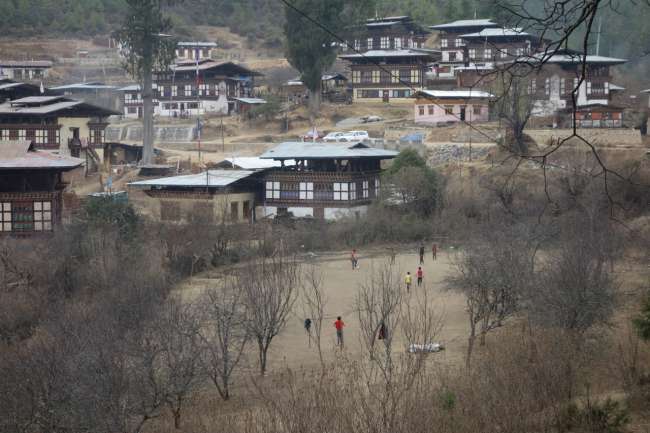
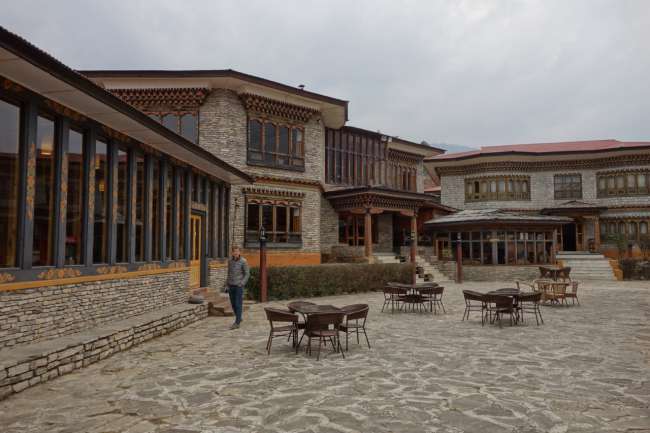
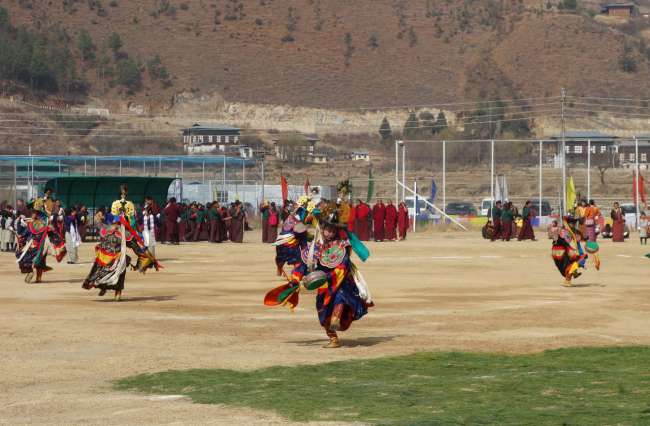
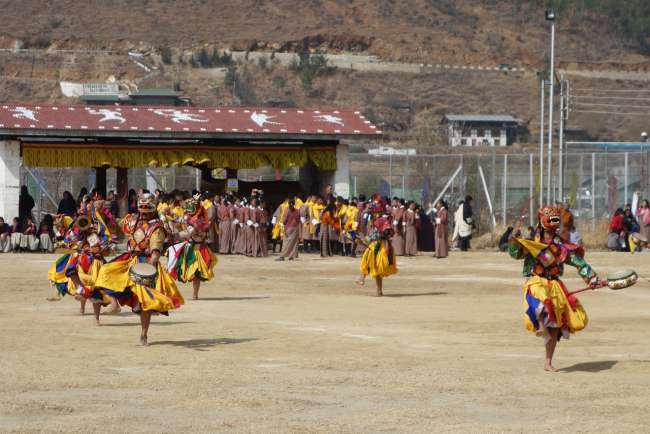
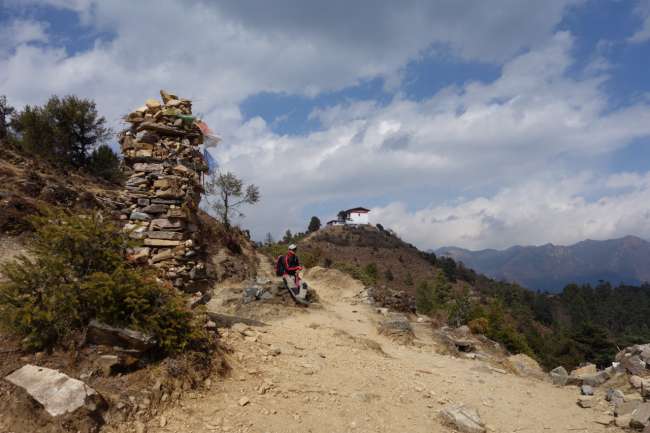
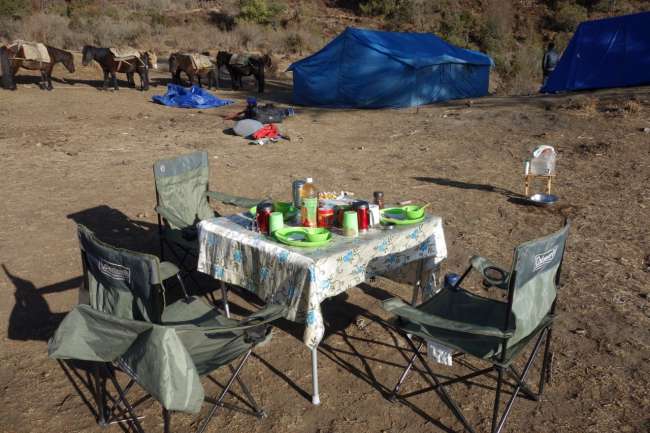
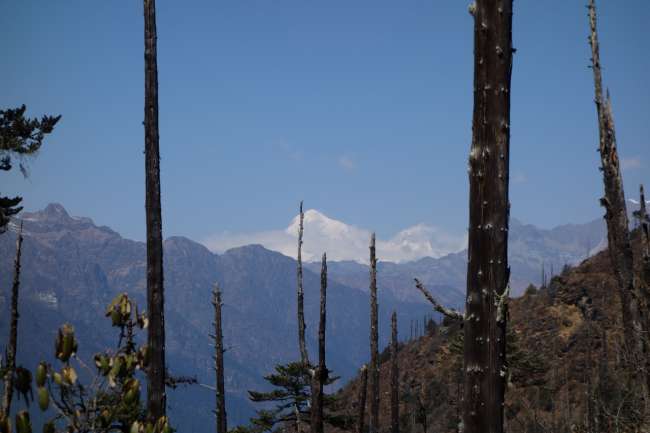
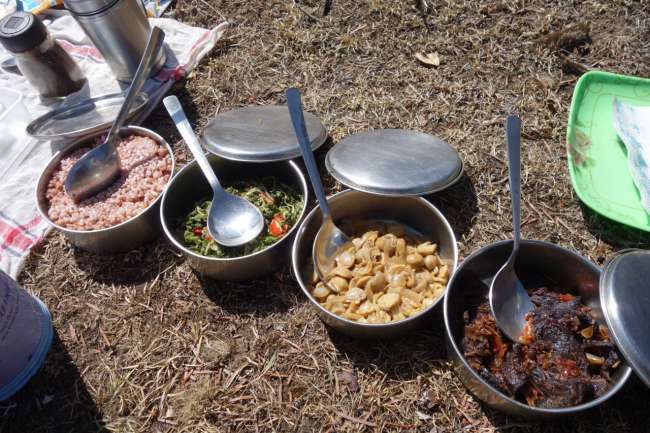
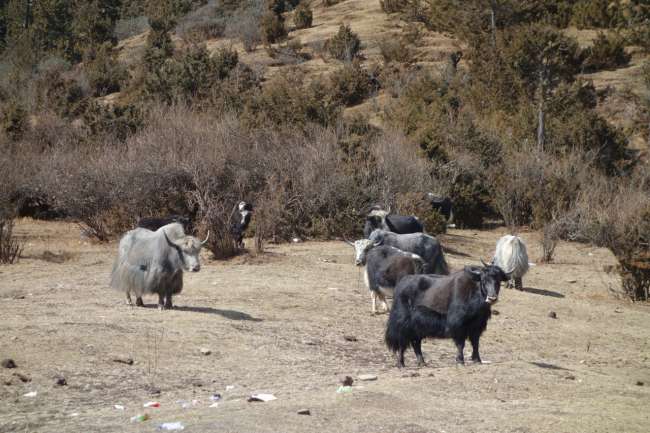
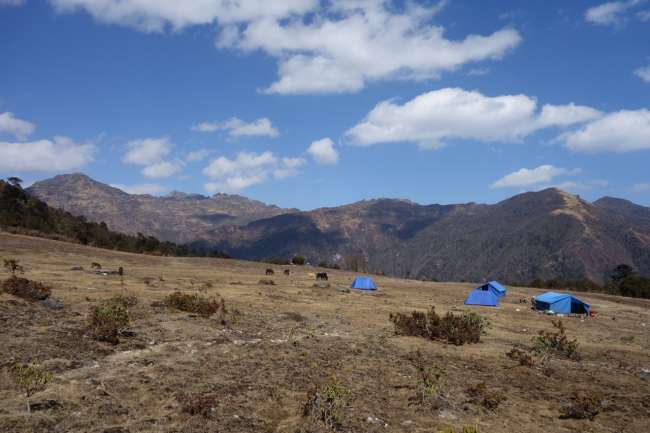
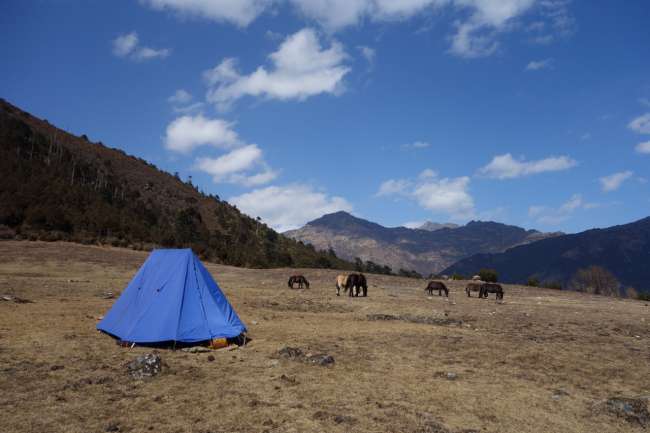
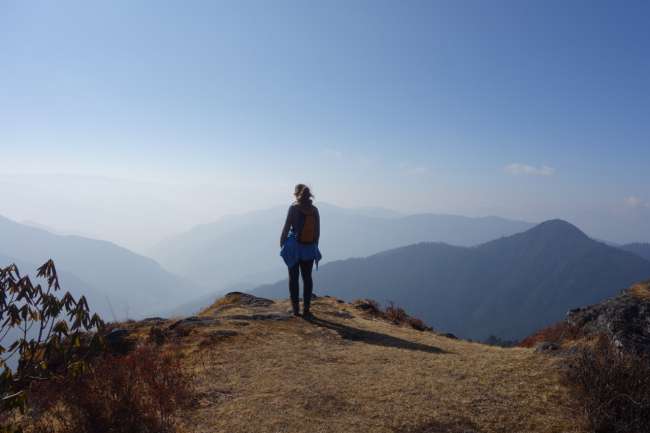
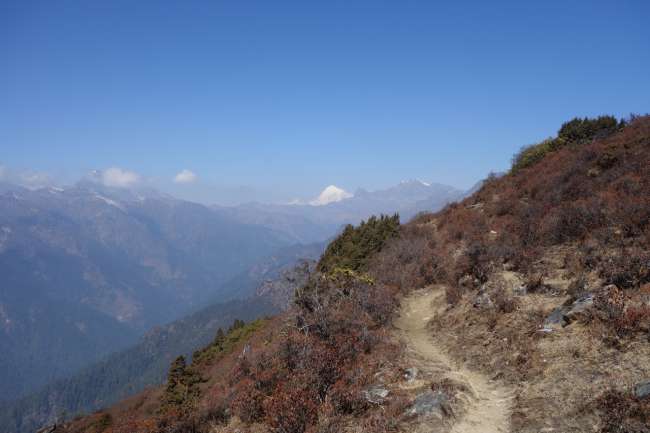
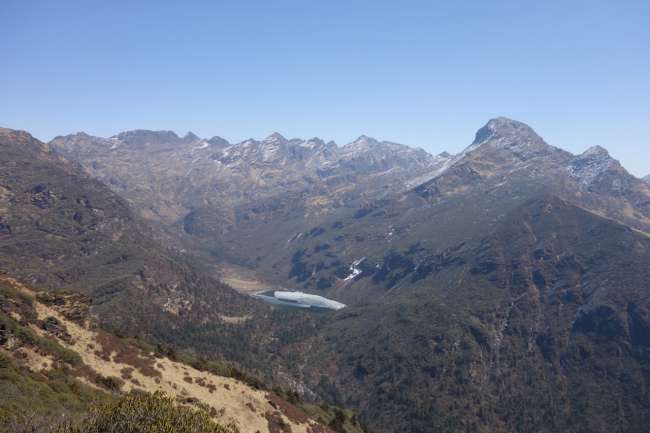
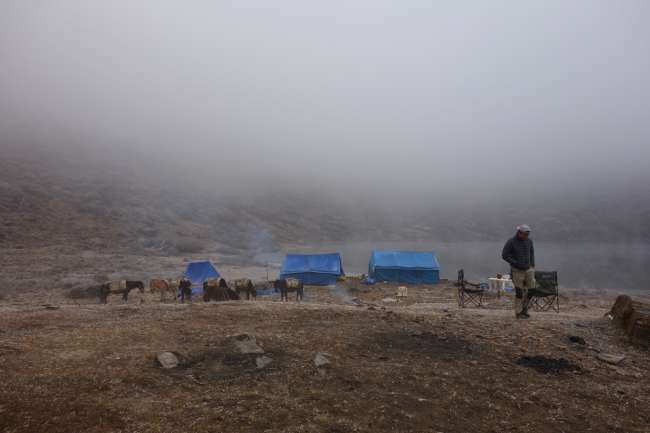
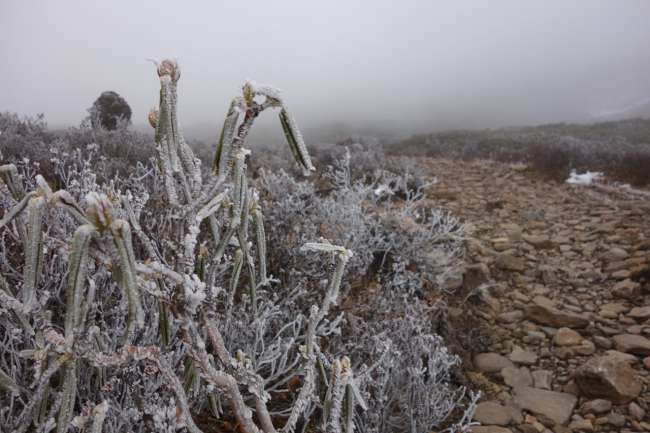
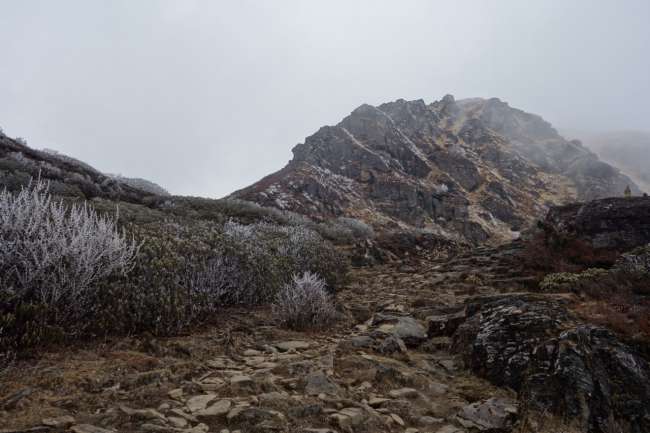
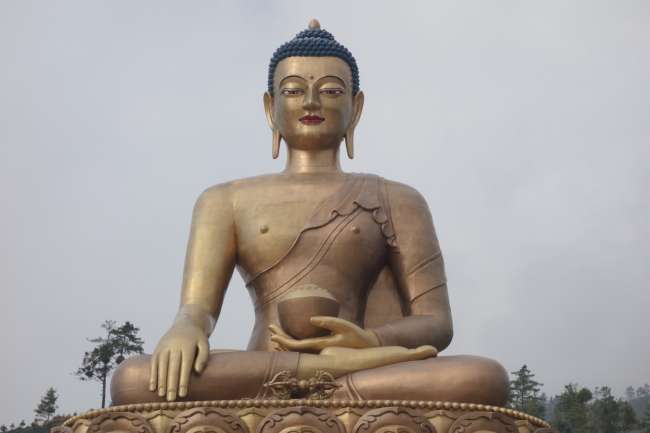
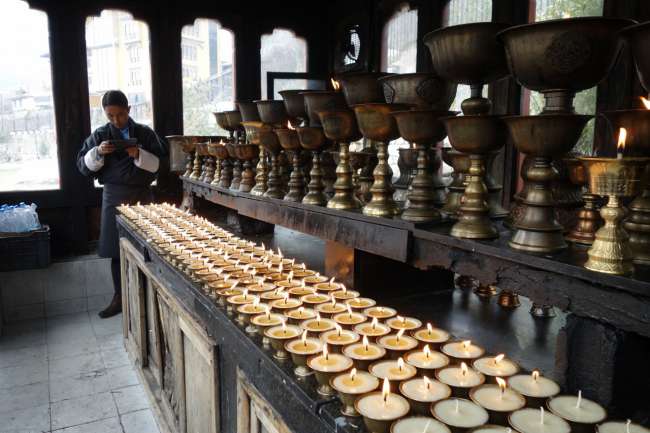
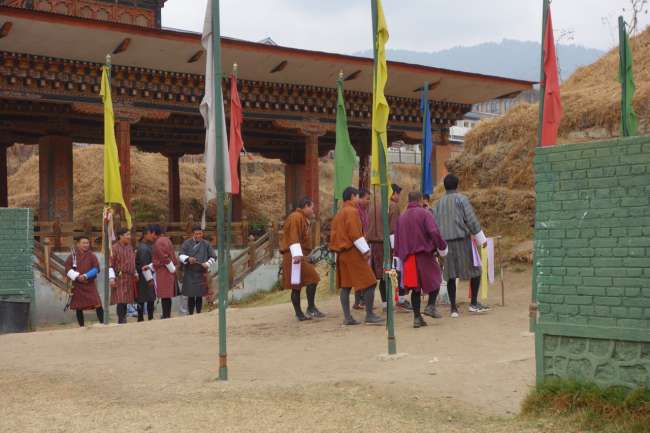
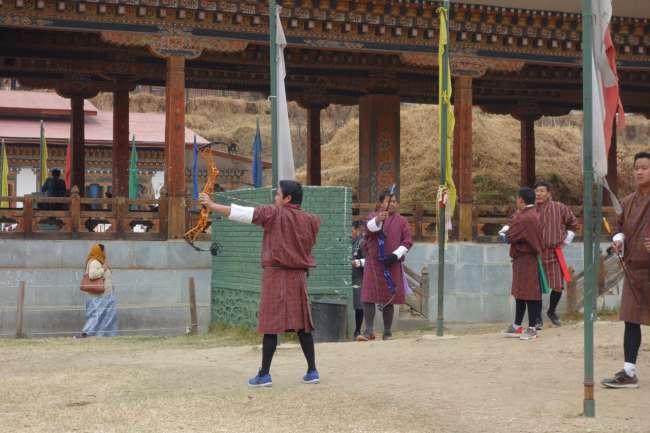
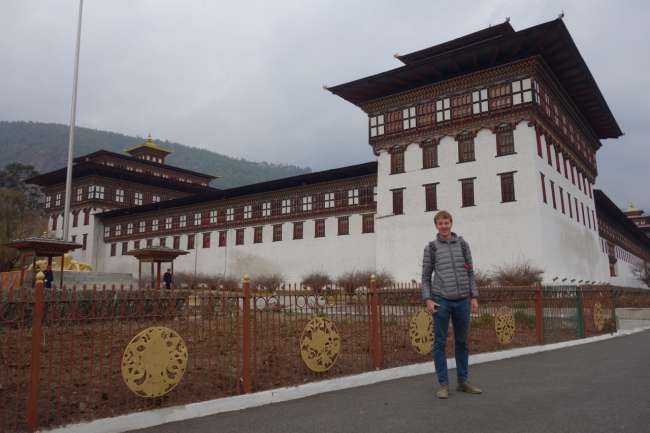
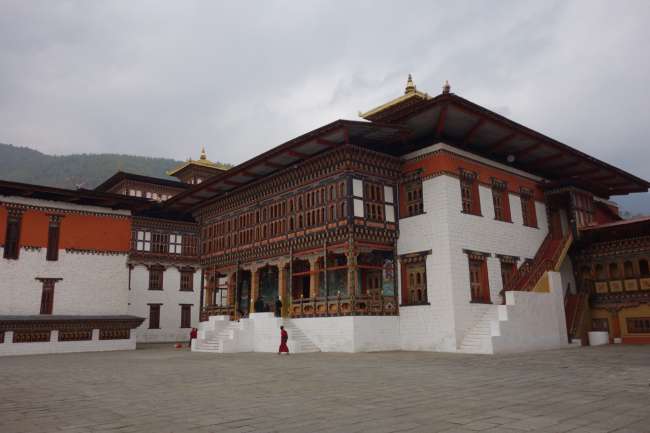
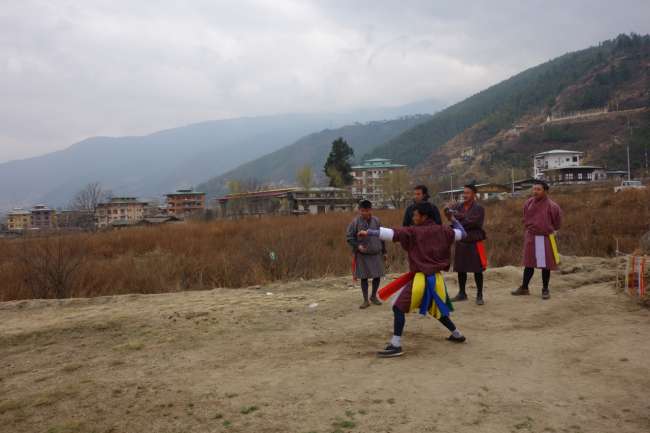
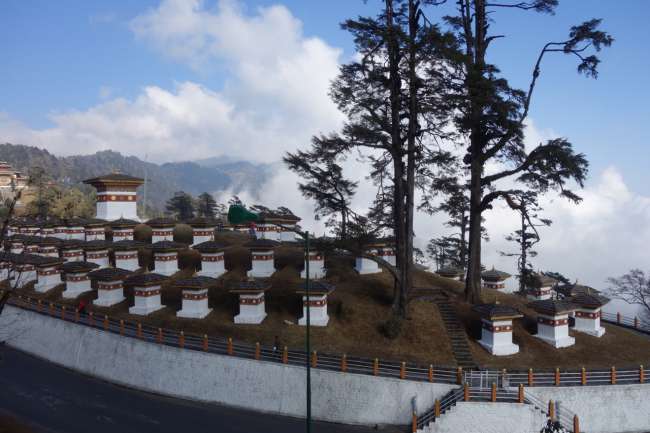
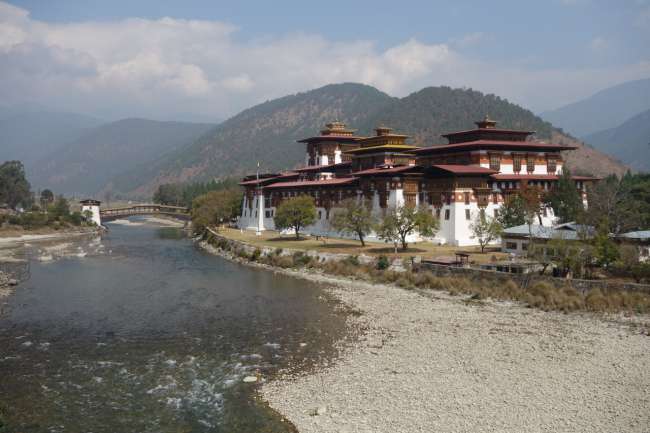
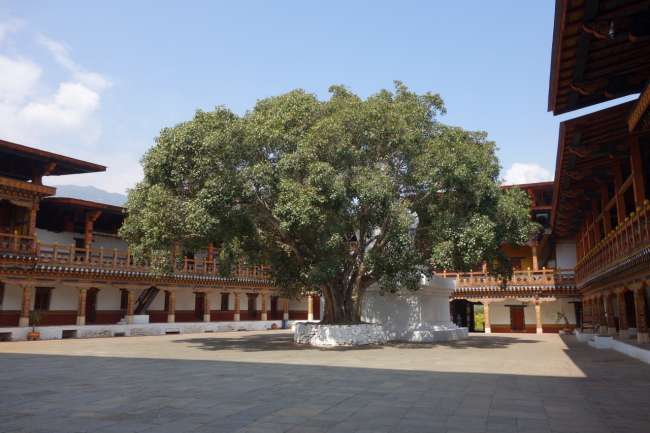
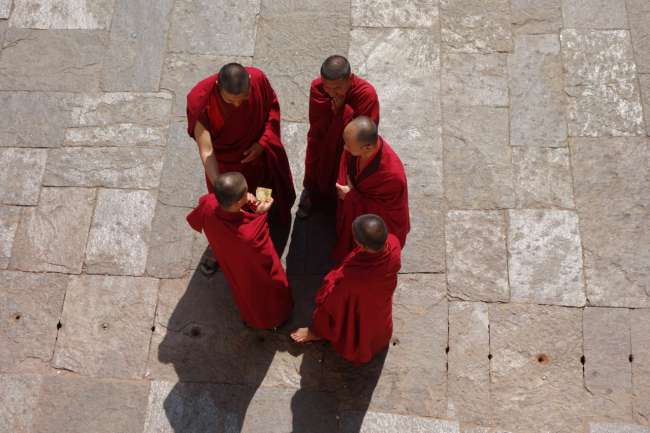
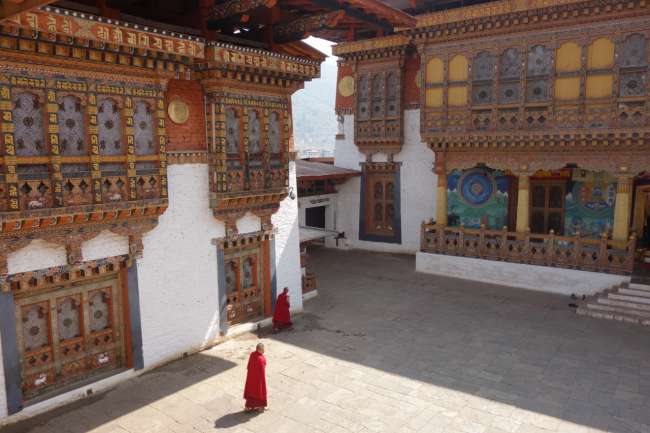
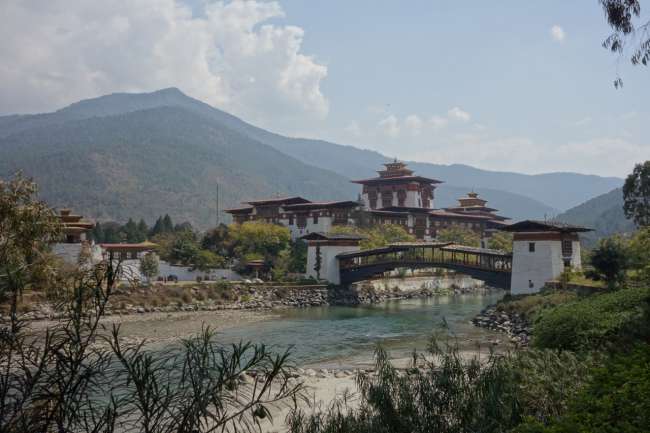
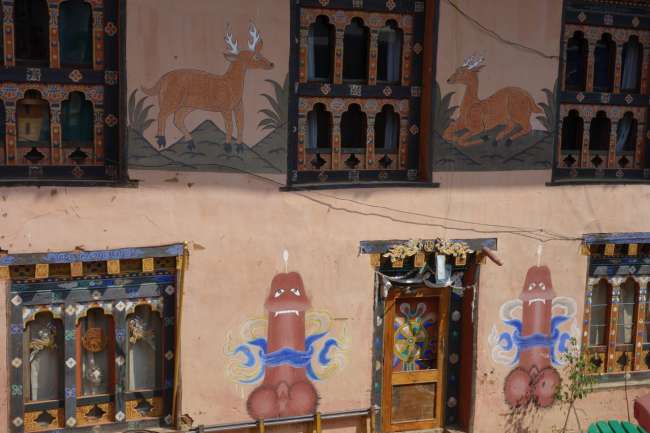
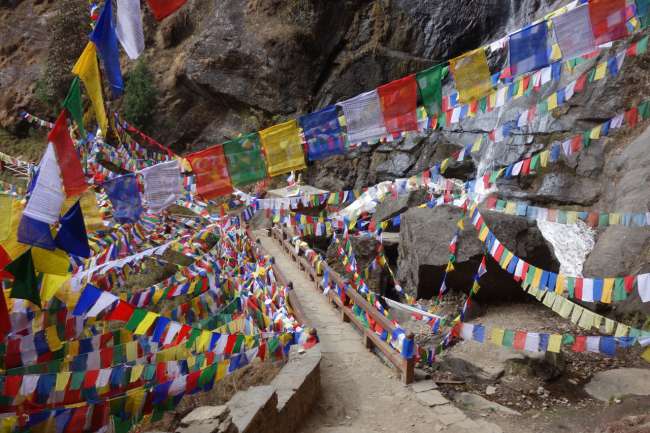
Абонирайте се за бюлетин
From Delhi, we flew to the Kingdom of Bhutan for a few days. During the flight over Kathmandu, we passed Mount Everest, Lhotse, and their companions in perfect weather. Only 700,000 people live in the small Himalayan country of Bhutan, the smallest country in Asia - even smaller than Switzerland. It was special for us because you are not allowed to travel the country on your own. You have to book a tour that costs a government-set daily rate. This includes a guide, a driver, meals, and hotels. You then receive a visa for the exact days you booked. For us, this meant that we could enjoy an unusually high standard: we were chauffeured around in a great car and delivered to one of the beautiful resorts in the evening.
After landing in Paro, we were greeted by Guide Thinley and driver Raj in traditional Gho - a knee-length dress - and drove to the Nature Museum and visited the Rinpung Dzong. Dzongs are a mix of fortresses, Buddhist monasteries, and administrative buildings. Monks walk between the temples while the community houses are located in the outer walls. Then it was time for our first meal: the table was always filled with at least 5 dishes. While the Bhutanese mainly eat chili (which is considered a vegetable here), tourists also get Indian, Chinese, Tibetan (Momos!), and even Western dishes. We immediately noticed the eerie calm compared to India. In addition, honking is rare. However, dinner tasted wonderful but didn't agree with us. We spent the first night almost more on the toilet than in bed and were exhausted in the morning.
Nevertheless, we wanted to try to hike up to the famous Tiger's Nest monastery. But we had to give up halfway and turn around. Meanwhile, laughing Chinese tour groups passed by on horses. Coincidentally, it was the king's birthday, which was celebrated with three public holidays. We were able to witness mask dances, performances by students, and an archery tournament. In this tournament, bamboo bows are used to shoot at a small target 145 meters away. Hits are rare and therefore celebrated with group dances and songs by both teams. We slept through the whole afternoon and took care of ourselves because we wanted to be fit for the next day.
On the next morning, we set off on a five-day trek on the Druk Path, which leads through the mountains to the capital Thimphu. We were accompanied by a guide, an assistant, a cook, a horse leader, and 7(!) packhorses - all included in the daily rate. Paro is already at an altitude of 2200 m and the first stage led up to 3900 m. The air became thinner and the hiking became more and more strenuous. At the summit, we were rewarded with a beautiful monastery and a magnificent view of Jomolhari (7326 m, the second highest peak in Bhutan). In the following days, we hiked along the ridge, over passes, and past mountain lakes. We always spent the night at almost 4000 m. The clear nights were freezing cold. Our toothpaste even froze once. Fortunately, our attendants always provided us with hot water bottles for the night or made a fire. The tree line is at almost 4000 m here. The equipment in the camp surpassed any scout camp in terms of luxury: we had a dining tent with cozy blankets, hot water for washing, and even a toilet tent with a proper seat. We were also well taken care of food-wise. In addition to tea time with french fries and popcorn, we had at least 5 dishes and a dessert for lunch and dinner. As strict Buddhists, the Bhutanese do not kill animals. However, they do enjoy imported meat, especially from India. We had missed a lot of beef in India, where cows are considered sacred.
When we arrived in Thimphu, we first enjoyed our heated suite. The next day, we visited the huge 52-meter-high Buddha statue above the city and the impressive Dzong. The Buddhist New Year Losar was currently being celebrated (another 2 public holidays). We watched archery with high-tech metal bows and cheered on our trekking crew during darts. Bhutanese darts involve shooting heavy arrows at a tiny target 20 meters away.
On the next day, we drove to Punakha via the Dochula Pass. We had to give way to the king's convoy and a little later to the queen's convoy. The royal family is chauffeured in a Toyota Hilux. In Punakha, we found the most beautiful Dzong in the country at a river confluence. After that, we hiked to the fertility temple. Here, couples who are unable to have children can perform rituals for help. A guestbook announced countless successes with numerous photos of smiling babies.
On our last day, we set off to Tiger's Nest for a second time. In good health, it was more than doable. The monastery in the cliff impressed us a lot. We didn't want to return to the valley anymore. On the last evening, we stayed at a resort & spa and indulged in a Bhutanese hot stone bath. Glowing stones are placed in a wooden pool and you are slowly cooked.
We thought back to the legends and tales of tigers and thunder dragons that surround the Dzongs and monasteries in Bhutan. Perhaps it is also its seclusion that makes Bhutan appear so magical and fairytale-like. With a heavy heart, we said goodbye. The return flight over Kathmandu will remain in our memory: biting winds made the plane shake and slide in the Himalayas, as if it didn't want to let go just yet.
Абонирайте се за бюлетин
Отговор
